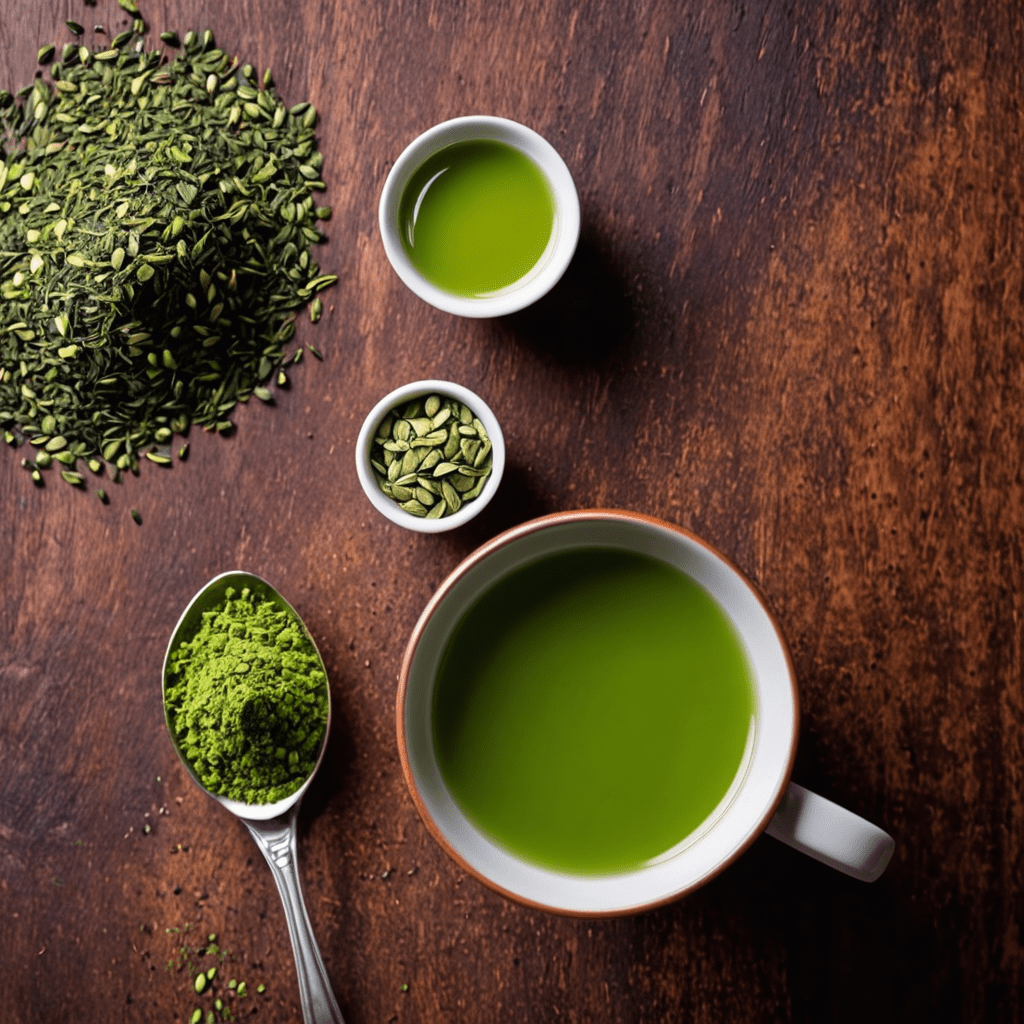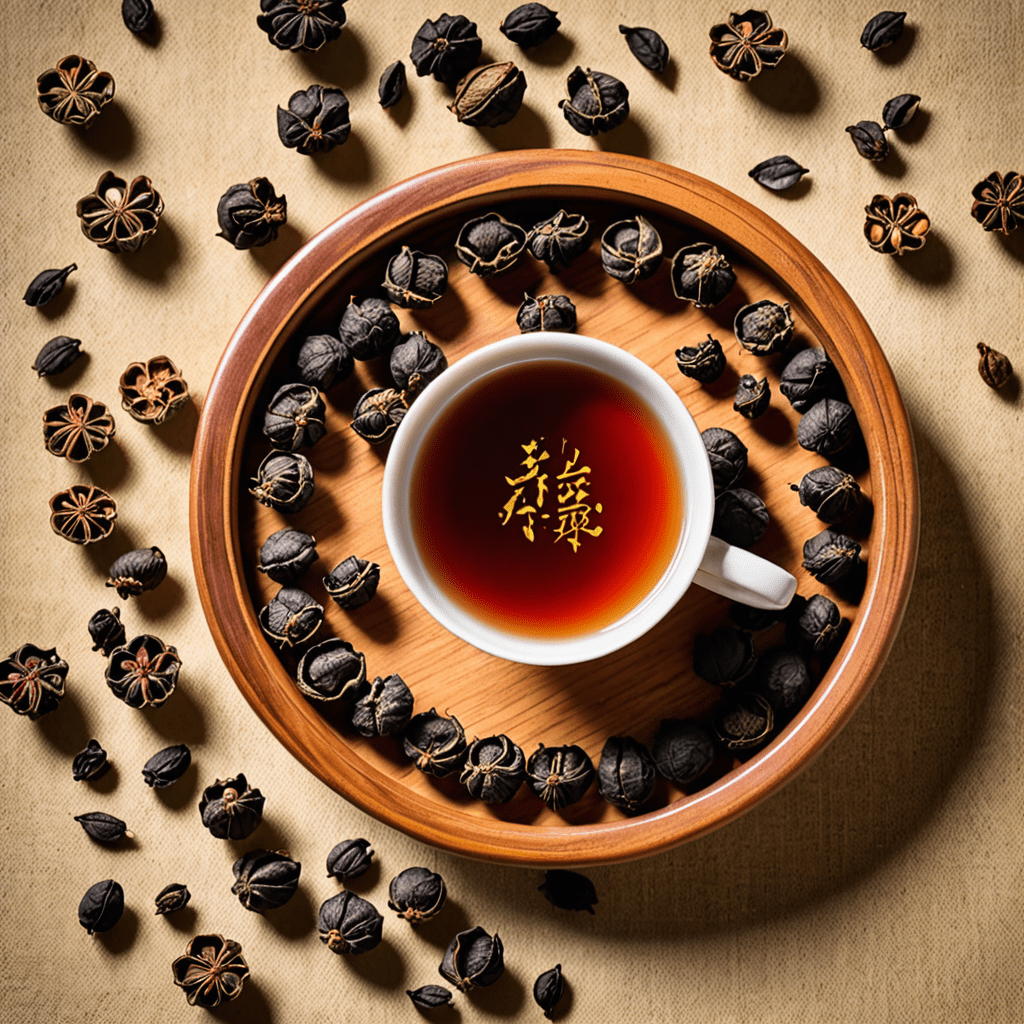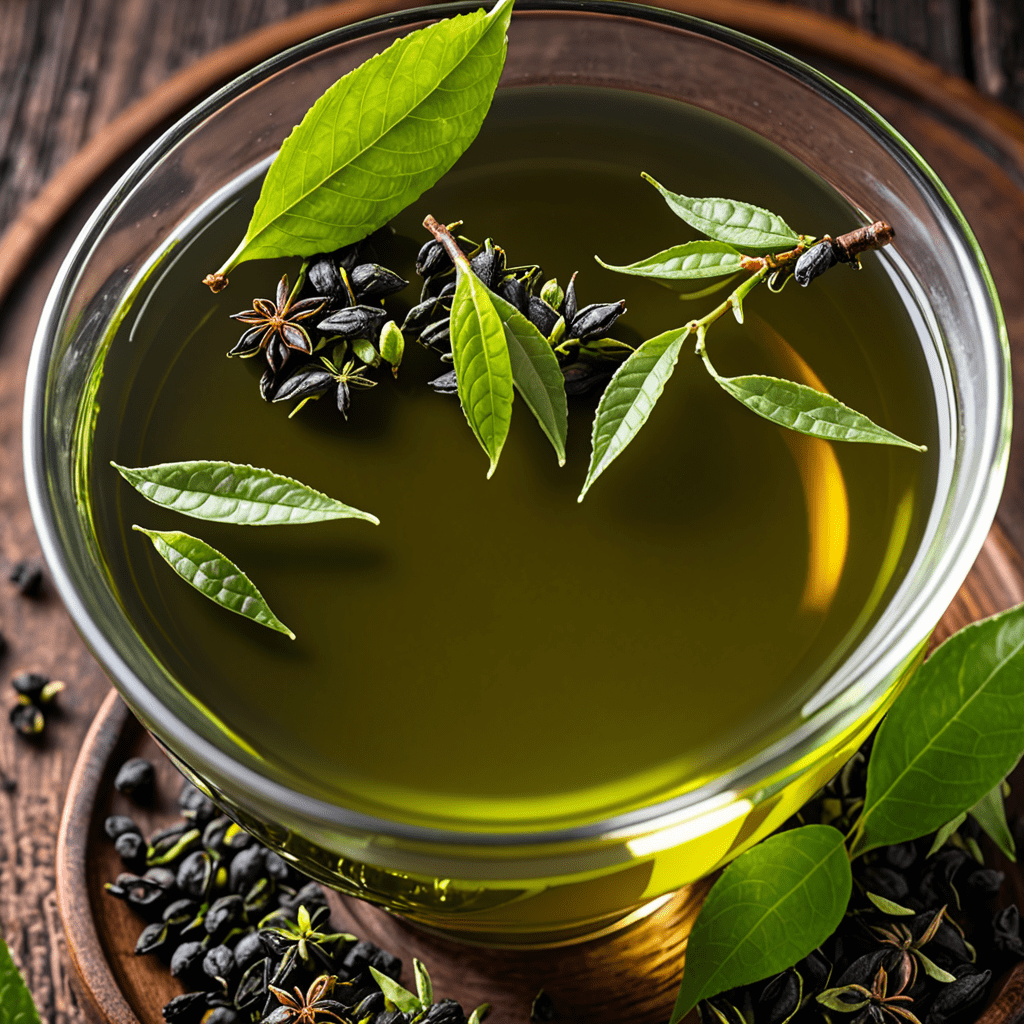
Unveiling the Difference Between Matcha and Green Tea: What Every Tea Enthusiast Should Know
Understanding the Basics: Matcha and Green Tea
The world of tea offers a diverse range of options, each with its unique characteristics and flavors. Two popular choices are matcha and green tea. While they both originate from the same plant, Camellia sinensis, they undergo different processing methods, resulting in distinct appearances and tastes.
Exploring Green Tea: A Time-Honored Tradition
Green tea, renowned for its health benefits and delicate flavor, is made from the leaves of Camellia sinensis that have undergone minimal oxidation during processing. This results in a light, refreshing brew with a slightly astringent taste and a greenish-yellow hue. Classified broadly into various types such as sencha, genmaicha, and gyokuro, green tea is a staple in many cultures and is celebrated for its antioxidant properties.
Unraveling the Mystique of Matcha: A Special Japanese Treasure
Matcha, on the other hand, is a unique form of green tea that is finely ground into a vibrant green powder. This traditional Japanese tea is produced through a meticulous shading process, which enhances chlorophyll levels and boosts amino acid content in the leaves. The result is a rich, full-bodied beverage with a distinctive umami flavor. Matcha holds a revered place in Japanese tea ceremonies and has gained global popularity for its versatility in culinary applications.
Delving Deeper: The Key Differences
The primary distinction between matcha and green tea lies in their production and preparation methods. While green tea is typically brewed by steeping the leaves, matcha is prepared by whisking the powdered tea into hot water, allowing the drinker to consume the entire leaf and reap its full nutritional benefits. This consumption method gives matcha a more intense, concentrated flavor profile compared to traditional green tea.
Dispelling the Myth: Are Matcha and Green Tea Interchangeable?
Despite their shared origin, matcha and green tea are not interchangeable due to their unique characteristics. Matcha’s vibrant green hue, creamy texture, and robust flavor set it apart from the lighter, more subtly nuanced taste of green tea. Additionally, the presence of higher concentrations of certain nutrients in matcha, such as L-theanine and chlorophyll, distinguishes it from green tea in terms of health benefits and sensory experience.
FAQ
Are Matcha and Green Tea Varieties of the Same Plant?
Yes, both matcha and green tea are derived from the leaves of the Camellia sinensis plant. However, the distinct processing and preparation methods employed for each result in their unique qualities and flavors.
Which Offers a Higher Nutritional Value: Matcha or Green Tea?
Matcha, being the whole-leaf powdered form of green tea, provides a higher concentration of certain nutrients compared to traditional green tea. This includes elevated levels of antioxidants, chlorophyll, and amino acids, making it a potent health-boosting beverage.
Can Matcha be Used as a Substitute for Green Tea in Recipes?
While matcha and green tea share a base ingredient, their differing forms and flavor profiles mean they are not direct substitutes. Matcha’s concentrated nature and rich, umami flavor make it best suited for recipes specifically crafted with matcha in mind, such as matcha lattes, desserts, and savory dishes.
Is One Superior to the Other in terms of Flavor?
The preference for matcha or green tea ultimately comes down to individual taste. Green tea offers a delicate, nuanced flavor with slightly astringent notes, while matcha presents a bold, earthy taste with umami undertones. Both have their unique appeal, catering to varying palates and culinary preferences.

